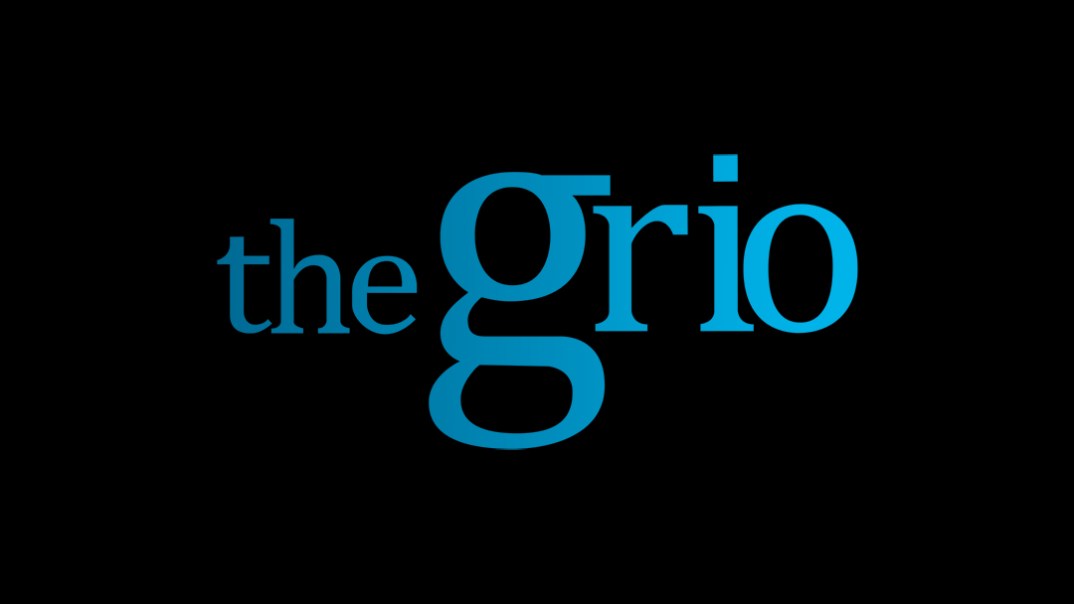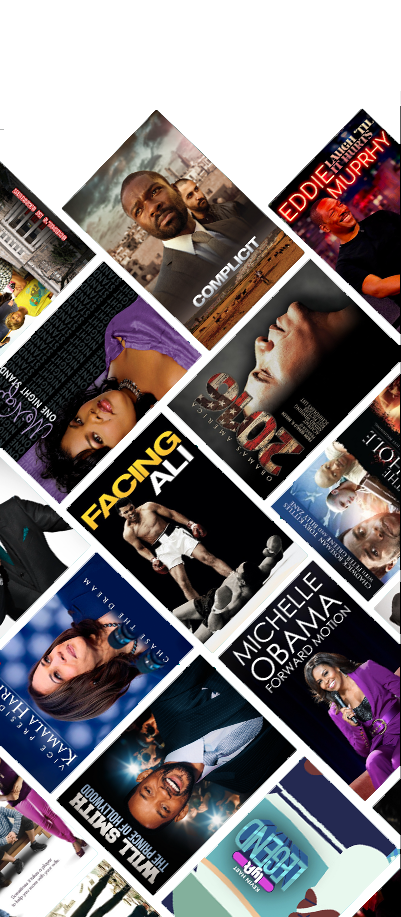Photographer takes photos of men who catcall her on Philly streets
theGRIO REPORT - In Hannah Price's latest photographic collection, 'City of Brotherly Love', Price showcases a series of still images she took of men she was approached by on the street...

Walking through the urban streets of Philadelphia exposed 28-year-old Hannah Price to experiences she said were unfamiliar and unpleasant.
Upon moving to the east coast from suburban Colorado in 2009, Price — who identifies as African-Mexican-American and is currently pursuing an MFA in photography at Yale University — had become consistently harassed by men on the street.
As she traveled around Philadelphia, she was catcalled by men who hoped their call for her attention would be acknowledged and perhaps, spark an introduction.
And it did – however, Price’s interaction with these men went beyond conversation and ultimately, produced powerful portraits that she captured on camera.
“When I first moved to Philly, I was very uncomfortable and very angry actually because of all the attention I was getting just because I was a woman,” Price told theGrio in a phone interview.
“That’s why I used photography, it helped with that transition,” she added.
In her latest photographic collection, City of Brotherly Love, Price showcases a series of still images she took of men she was approached by on the street.
Many of the photos are taken minutes after she was catcalled. She said they reflect candid moments that led her to respond to these men, introduce herself and ask to have their photo taken.
“These images are a response to my subjects looking at me, and myself as an artist looking back,” she writes on her website.
However, Price said the project also documents a personal journey – one where she challenged herself to become comfortable in new situations and in turn, expose more on the men who, just moments before, were complete strangers.
“It’s a reverse of the power dynamic — as a woman it’s a way to respond. I’m not trying to make some social commentary on cat-calling, but it was a way for me to transition into a new place — become familiar with it,” she said.
“I’m not trying to change anything or look down on anyone; it was mostly a form of self- therapy to get to know I was at this point of my life where I got to know a lot more about myself.”
Price said overall, the experience allowed her to knock down personal barriers of fear in a situation that also drew emotions of helplessness and frustration.
“I feel like catcalling is objectifying, you feel vulnerable so it was about switching the experience of just being put in a position that you’re not necessarily prepared for,” she said.
Price added: “Once you do approach someone and figure out who they are you can disregard first impressions.” She goes on to share that she eventually became close with a few of the men she met, even running into some a year later and inviting them to grab coffee with her.
For over two years, Price produced close to 50 photos. In her collection, she includes eight of what she thinks best displays her message.
She described that the first few photos were taken from a distance, signifying the tension and unsettling emotions she felt in the challenge.
But as the sequence of the photos continues, viewers are able to see her growth as the subjects of the photo are pictured in closer proximity.
The photos also reflect great imagery – they are taken with key precision and consider the right balance of disposition and contrast.
Price made it clear that little or no editing to the photos were done but admits that the elements she used in capturing the photographs provided further depth.
“I did try to make them beautiful – I tried to make a slight romance out of it even though it wasn’t a direct romantic situation,” she said.
“There is a relationship built into the project and that shows why I wanted to make it as beautiful as possible.”
The collection is punctuated with several non portraits that signify a stark change in the sequence.
In one photo, a beauty salon is pictured followed by an image of a large mural that paints a portrait of two lovers arm-in-arm. Another is a photo of Marianne Anderson, a celebrated black performer who rose to fame in the 1930s.
“Marianne Anderson — she’s a respectable woman she’s famous, she has this history and I look up to that of being a respectable, powerful woman. She’s someone I want to be,” Price said. “As for the other photos, it’s an oxymoron; they speak on the complexity of life.”
Price said the non-portrait photos are wild portrayals of herself and that they also serve as a form of artistic expression.
Throughout her time in Philly, Price said she did not set on escapades actively seeking to find men who would approach her.
Instead, she made it clear that her effort was minimal, admitting that she would purposely not wear makeup or dress herself up to further entice men.
“You have to let the moment happen to you – the fact of being a woman, women are the most beautiful things on the planet. It’s not like it was something I had to try for, it was nothing I had to grab for, it was just there, it would just happen,” she said.
By the project’s conclusion, much is still left to interpretation – no information is given on where she met the men, what they said or their actions during the exchange.
However, what is clear is that Price managed to document a personal journey and visually tell a story of her everyday life.
“I’m glad I’m making people think about their actions, especially in public and even more so with a stranger,” she said. “I’m just glad I’m making a person think about their actions, that’s all I really care about.”
Follow Lilly Workneh on Twitter @Lilly_Works
